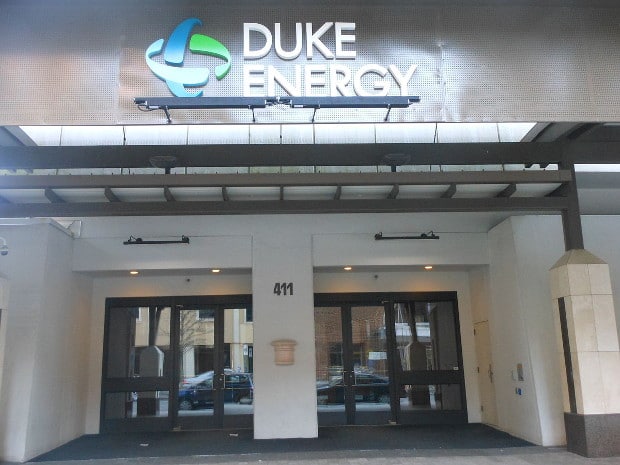South Carolina regulators offered details on their decision to reject integrated resource plans (IRP) proposed by Duke Energy and direct the utility to modify its existing and future IRPs.
The IRP included measures that would have impacted electricity retail rates, availability of solar-plus-storage power purchase agreements, coal plant retirement, and other energy events in the state.
Now, regulators have directed Duke to make changes to and update its cost assumptions for solar PPAs and storage and solar + storage projects; to modify its natural gas price forecast to reflect real-word supply risks; to reflect the capacity benefits that solar and storage can provide for both summer and winter peak demand based on actual system installation data; to increase the amount of solar than can be connected to the grid each year; and to properly model the cost impacts of the plan on ratepayers.
The South Carolina Public Service Commission’s (PSC) decision noted the impact of Kevin Lucas’ testimony on its decision, and included a number of his recommendations in the final order. Lucas is the Solar Energy Industry Association’s senior director of Utility Regulation & Policy. The weight that the PSC put on his testimony furthers the commitment that South Carolina regulators have made to upholding objectives laid out in the state’s 2019 Energy Freedom Act.
Integrated resource plan reform was one of the major changes made by the 2019 act. The law allows regulators to require all-source solicitations for new generation above 75 MW if they find it to be in the public interest. It also instituted transparency requirements for a utility’s avoided cost calculations, a factor that came into play in its recent decision rejecting the Duke Energy IRP.
In December, the PSC rejected Dominion Energy South Carolina’s proposed IRP, saying that it failed to include a demand-side management resource or power purchasing options. The Dominion IRP also did not model any renewable energy additions prior to 2026, or any coal retirements prior to 2028. It also would have raised solar customers’ basic service charge to $19.50 a month, added a “solar subscription fee” of $5.40/kW a month, and slashed the solar export credit that customers could receive.
In 2019, SEIA’s Director of Government Affairs Maggie Clark referred to non-transparent avoided cost calculations as “a major barrier to large-scale solar procurement” in South Carolina.
In the law
Utility Reform Director for the Southern Alliance for Clean Energy Maggie Shober said that the recent Duke Energy decision was “absolutely a result of the Energy Freedom Act” and regulators holding Duke to “what is called for in that law.”
She said that the rejections of IRPs from Duke Energy and also from Dominion don’t mean that the utilities are purposefully acting against consumer and climate interests. Rather, these were the first IRPs filed under the Energy Freedom Act, and reflect a learning process on the part of the utilities as they seek to understand what will or won’t fly with the commission and the new rules.
“Instead of working hard to be sure they complied with all the new rules, both Duke and Dominion have basically done what they would have absent the Energy Freedom Act and talked about how it complies (when it doesn’t),” said Shober.
For example, Vote Solar, said in a statement that Duke Energy’s plans to build out “risky gas-fired power plants” would have violated their own climate commitments and “left ratepayers holding the bag.” Vote Solar said it applauded the South Carolina PSC for “putting the public interest first” by rejecting Duke’s plans and instructing them to develop new ones that put clean energy “on an even playing field.”
When the IRPs were first rejected, a representative for Duke told pv magazine that the utility was evaluating the PSC’s decision and that it would better understand the decision’s implications once the utility received the commission’s order.
“We appreciate there are diverse views on transitioning to a lower carbon future, and we actively engaged stakeholders across South Carolina and North Carolina to solicit input from them to inform the planning process,” the representative told pv magazine.
This content is protected by copyright and may not be reused. If you want to cooperate with us and would like to reuse some of our content, please contact: editors@pv-magazine.com.









By submitting this form you agree to pv magazine using your data for the purposes of publishing your comment.
Your personal data will only be disclosed or otherwise transmitted to third parties for the purposes of spam filtering or if this is necessary for technical maintenance of the website. Any other transfer to third parties will not take place unless this is justified on the basis of applicable data protection regulations or if pv magazine is legally obliged to do so.
You may revoke this consent at any time with effect for the future, in which case your personal data will be deleted immediately. Otherwise, your data will be deleted if pv magazine has processed your request or the purpose of data storage is fulfilled.
Further information on data privacy can be found in our Data Protection Policy.